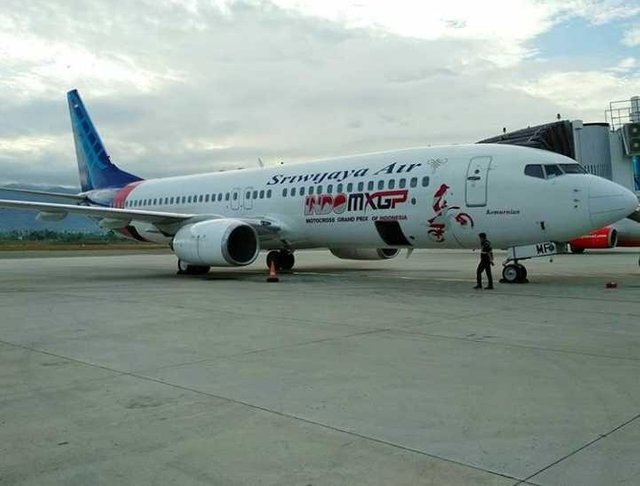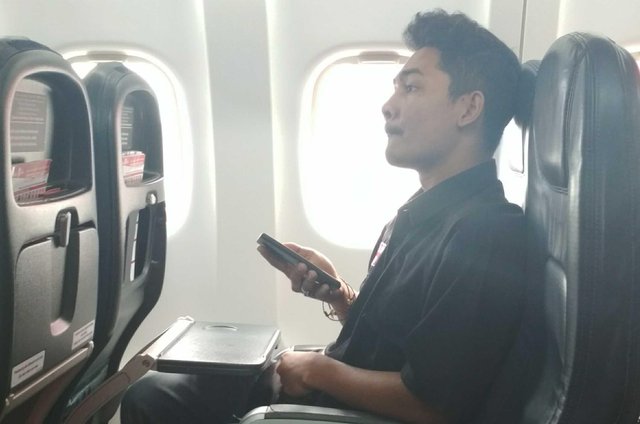low cost carrier and premium economy for apac bussenes travellers : growth in 2018
Hello to steemians
Each year American Express Global Business Travel (GBT) generates one of the most comprehensive estimates for air, hotel and land transportation costs based on our data.

According to this year, Global Business Travel Forecast 2018, Asia will witness the growth of low-cost and premium economic travel. After years of successful operations in Australia, the premium economy has begun to attract attention with Asian operators. According to a report from Amadeus, Asia-Pacific luxury travel will surpass Europe within the next 10 years. We are seeing significant increases in demand in all regions of Asia Pacific, especially in the fastest growing countries, China, India,indonesian

Demand for air travel is growing rapidly and while tariffs are expected to increase in each region, overcapacity on some routes, aggressive expansion by low-cost carriers (LCC), and historically low oil prices should keep prices up in check. LCC Asia has grown rapidly in recent years and many airlines around the world are eyeing Asia's long-distance budget market.
Looking closely to Singapore in particular, we see the economy is increasing by the end of 2017 in stronger manufacturing, financial services and tourism, but that growth may not continue until 2018. Singapore's aerospace industry is key to its economy as it aims to become a transportation hub Asia. In a significant boost to its position as a transportation hub, Qantas announced it would resume routes of all Sydney-London flights through Singapore instead of Dubai from next month.
In 2004, Singapore introduced three low-cost airlines in response to competition from other LCCs in Asia. After an explosive growth period, the LCC's capacity in Singapore has stabilized over the last three years by approximately 30% of the business *. Almost all the growth that has occurred so far has entered the intra-Asia route to South Asia and North Asia. However, it will be interesting to see if this expands in the long run over the next year.
While Singapore's air services are facing pressure from low-cost carriers in our leisure spots, corporate travelers still rely heavily on Singapore Airlines (SIA). SIA enriches its A380 fleet to include more premium economy seats. By 2017, they are also changing their cabin to open new seats in an effort to become the world's most luxurious airline. We estimate that international business tariffs from Singapore show little improvement over last year, while international economic tariffs have to fall by the same margin.
By turning our attention to Australia, business travelers are excited by the introduction of the 17-hour direct flight between Perth and London made possible by the recently acquired Boeing 787 Dreamliners. This indicates Qantas's potential to pass through Dubai and offer endless services to other locations in Europe in the future. A small number of business travelers will save in international connections, and the convenience of just one flight, can make a big difference.
After a sluggish development period, the Australian economy should have a superficial rebound in 2018, as commodity prices and export volumes move higher. On intra-Asia and international routes, intense competition from foreign airlines and regional LCCs has resulted in increased capacity which should also raise growth rates, with particular weaknesses on transpacific routes.
Overall, business trips across Australia and Singapore look promising for 2018 and I estimate the increasing trend of air travel demand, especially for Singapore. LCC will face competition in Singapore, while Australia will witness an increase in demand for long-haul flights.